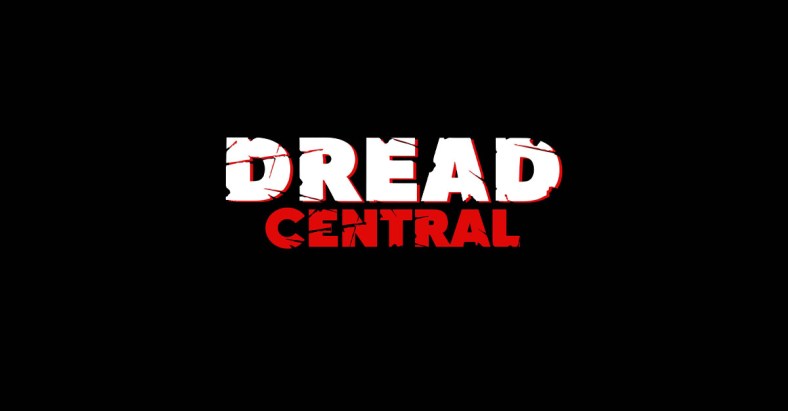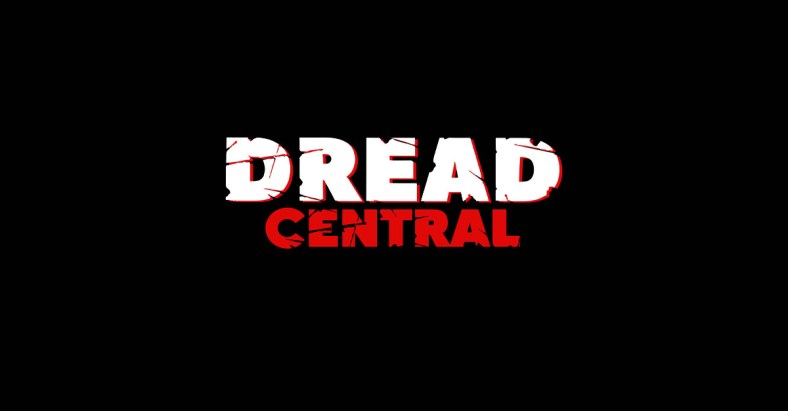Unearthed Exclusive Part 1 of 2: Master of Horror Tom Holland Reminisces the Late George A. Romero and Tobe Hooper

The world of horror received two heavy blows in 2017, first with the passing of legendary filmmaker George A. Romero on July 16th, the man responsible for the seminal 1968 film Night of the Living Dead (and arguably the creator of the zombie film genre itself), and then once again with the loss of writer, director and producer Tobe Hooper on August 26th, the visionary behind the 1974 gut punch classic The Texas Chain Saw Massacre.
One week following the latter’s passing, I sat down with one of those pair’s peers, Fright Night and Child’s Play filmmaker and Psycho II writer (and a “Master of Horror” in his own right) Tom Holland at his home in the Hollywood Hills, to discuss over coffee his thoughts on those genre-defining films, which had sent both Romero and Hooper into the cinematic stratosphere, as well as his relationships with the men behind them.

“I saw it when it first came out, or very close to that time,” recalled Holland of his first viewing of Night of the Living Dead, “and I remember what I thought, was that the first one of those (types of films) was (director) Ubaldo Ragona’s 1964 movie The Last Man on Earth with Vincent Price, which I had seen prior, and I did know that the zombies in that film had somehow influenced Romero’s. The idea of that was there. And I remember a bit later that everyone that I knew at the time also seemed to know George Romero, because I had gotten involved with Stephen King and his group, and they were all close to George, and I don’t quite remember how, but somehow George got involved in directing 1982’s Creepshow.”
Of his initial response to Romero’s low-budget zombie classic, Holland expanded, “When Night of the Living Dead was made in 1967, there were so few independent films, that it was shocking that someone had been able to do that, and on their own without a studio. Now you look at the film, and the fact that they had no money, and were shooting short ends (a partial roll of unexposed film stock left over during a motion picture production and kept for later use) and all of the rest of it, gave it that documentary look, and someone it made it more believable, starting off with the news segment about the dead awakening, but what Romero did, probably because of money or lack thereof, was that he turned and made it into a dramatic situation that was sharper than Ragona’s film, though depending on how political you want to be, Romero’s film was a “primitive.” In retrospect, it’s not great filmmaking, but in terms of where it was at that time, it was a huge breakthrough, and he was creating almost an entire genre of independent horror films, and the first time I remember that (ever) happening, it was Romero.”
“The other thing is, that I think Tobe “was a much more talented filmmaker,” said Holland, “and I can say this now that they are both dead. I met George at Sitges in 1984 or 1985, when I was there in Spain for the premiere of Fright Night, and he was there with his film Knightriders starring Ed Harris, and George was a terrific guy. He seemed very working class to me, and he was a big drinker. I mean, I couldn’t keep up with him, because we’d gone out to dinner with the people at Sitges, and he put me under the table. But he wasn’t a precious “film” guy. He was more like a guy from Pittsburgh, is what I remember.”
As for whether there was any intended socio-political message to Night of the Living Dead, given Romero’s casting of an African American lead in the climate of 1960’s America, and that hero’s third act murder at the hands of a Caucasion mob (and with the film having premiered no less than six months to the day after the assassination of Martin Luther King Jr., film historians have indeed pointed to Romero’s awareness of cultural zeitgeist, in this film and its subsequent sequels), “They claim in retrospect that Romero had intended that, with the casting of Duane Jones as ‘Ben’, but I think that’s a crock of shit,” offered Holland.
“Jones was the only guy he could find,” Holland expounded. “They were all working out of Pittsburgh, and most of them were from Carnegie Tech, and certainly at that time there, there was no acting or filmmaking community there. I remember all of this because I was at Northwestern at the time, shooting my first film even before that on 16 millimeter, and just trying to get the equipment to make that was impossible, and I’m sure it was no easier for George when was shooting Night of the Living Dead.”
“What’s interesting,” Holland mused, “is that it took forty two years for the film to truly permeate popular culture, as evidenced with the debut of The Walking Dead which became the number one television show, because when the film first came out, it was greeted with horror, and I don’t mean in a good way. I mean that the critical reviews were just horrible, and they were also horrible for a film like 1967’s Bonnie and Clyde, starring Warren Beatty and Faye Dunaway, which they pulled from theatrical release because of the violence in it, so you can imagine the critical reaction to Night of the Living Dead. So you can see the shift in this country’s attitude in terms of what is permissible, and in terms of what a soap opera is, which is what The Walking Dead is, except with zombies. Aaron Spelling would have loved the show.”
Holland continued, “But for Night of the Living Dead, the critics were truly horrified but it, because of that scene outside of the house near the truck where they eat the flesh. There’s something very, very explicit about that. The other thing that the film did, was that Romero tricked expectations. I mean, here’s your hero, and he gets killed at the end. And the girl that should be the heroine or the sexy counterpart, goes into a state of shock and she sits there as a dummy for the entire movie staring at nothing. So in other words, George deliberately or inadvertently turned over the ways you would normally see a film work out in a Hollywood pattern, and he also gave us a very bleak ending.”
“However,” said Holland, “if you compare as films, not in terms of its social impact, Night of the Living Dead with Tobe’s The Texas Chain Saw Massacre, the skill of the filmmaking had gone way up, and as filmmakers making them, they were both in similar positions.”
Part 2 coming soon.
Note: this interview is an excerpt from the forthcoming book “Unearthed: A Look Behind the Terror,” currently being written by Sean James Decker and edited by Steve Barton of Dread Central. For more, follow Decker on Twitter @seanjdecker and on Instagram @seanjdecker.

Categorized:Editorials

